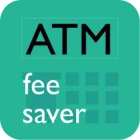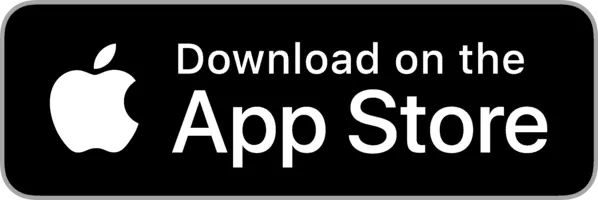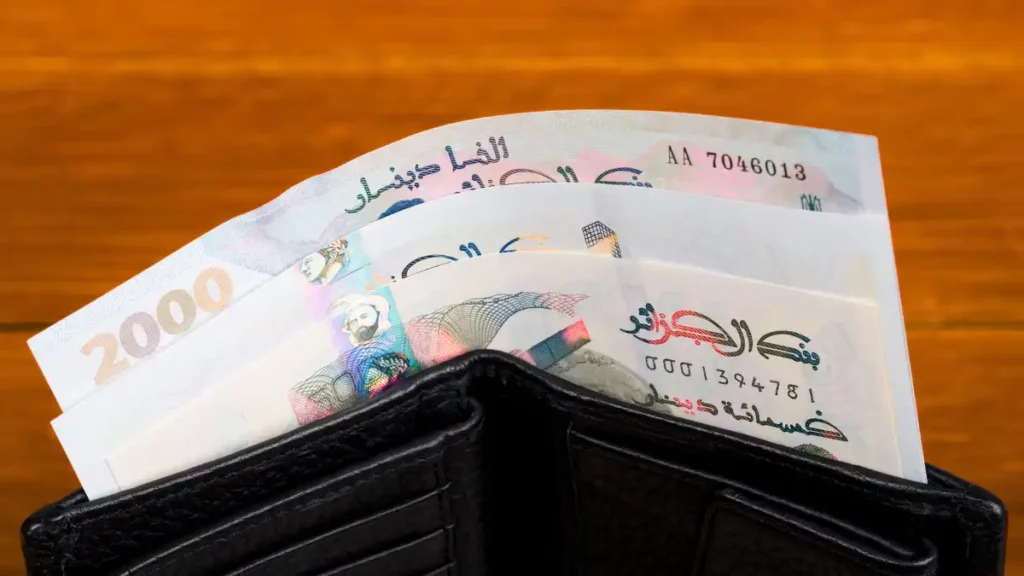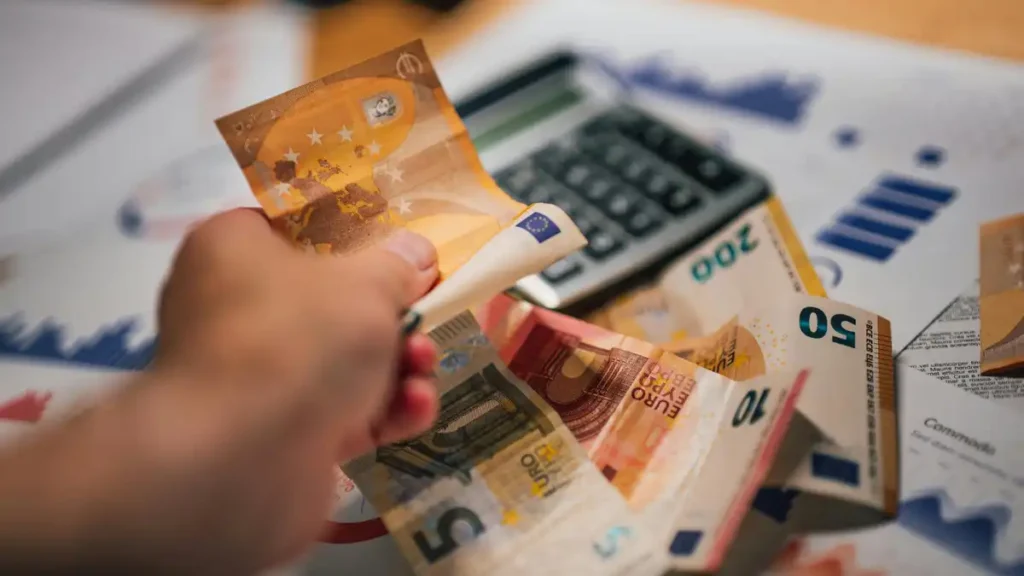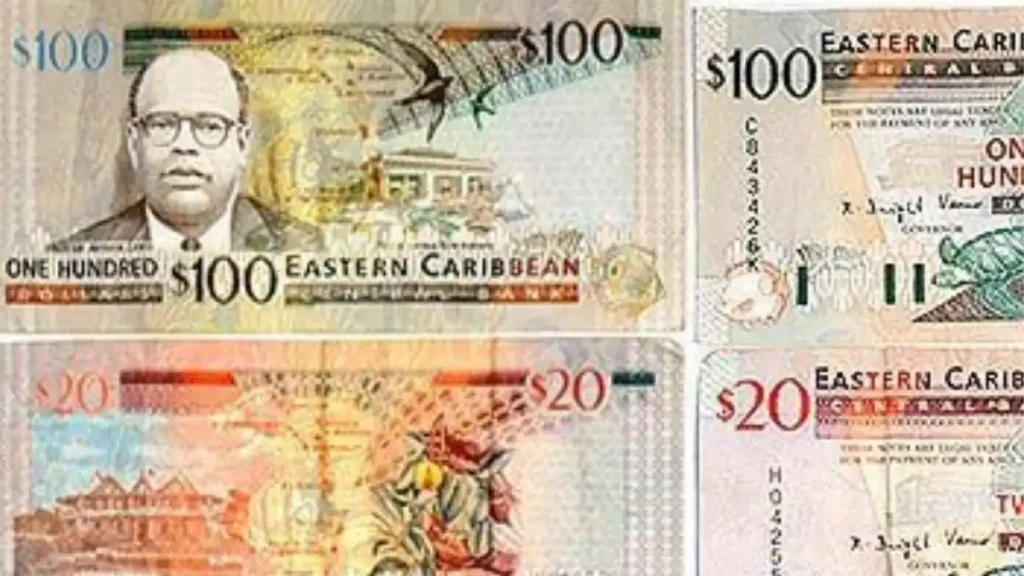Chile’s dramatic landscapes-from the Atacama Desert to Patagonia-attract all types of travelers, but understanding money in Chile is crucial to keep your journey smooth. The Chilean Peso (CLP) is the local currency, and cash is still preferred in many places like markets, small eateries, and rural guesthouses. Larger cities like Santiago and Valparaíso offer more reliable card acceptance, but ATM fees and exchange rates vary wildly. With this guide, you’ll know where to get the best rates, how to manage your cash safely, and how to navigate currency in Chile with confidence.
How to pay in Chile – cash or card?
You’ll find that cards are accepted pretty much everywhere in Chile, even in smaller shops. However, this is primarily in large urban areas. In small towns, you’d need cash for hostels and even restaurants because when you swipe cards in towns and villages, tourists indicate that there is usually a surcharge of around 3% if and when it is accepted. Just keep in mind that cash is the preferred method of payment in national parks, restaurants, hostels in small towns, public transport, and small vendors.
You can use cash for:
- Budget hotels
- Hostels
- Local tour operators (especially in Patagonia, Atacama)
- Tips and gratuities (customary in cash, especially in restaurants)
- Street food (completos, empanadas, etc.)
- Small eateries / restaurants
- Sit-down restaurants (smaller towns)
- Small purchases
- Local expenses at kiosks, markets, minimarkets
- Local buses (especially in small cities or colectivos)
- Local taxis (often prefer cash)
- Mobile SIM and phone top-up
- Laundry services
- Tailoring services
- Nightlife / bars (casual spots, local pubs)
You can use card for:
- 4 and 5 star hotels
- Large tour operators
- Shopping at malls and supermarkets
- Entry fees to national parks, museums
- Local trains (in Santiago and Valparaíso metro)
- Airport transport (airport buses, official taxis)
- Sit-down restaurants (in major cities)
- Upscale restaurants
- Online bookings for upscale hotels, flights, tours
- Spas
- Vehicle renting
- Emergency medical clinics / pharmacies
- App-based taxis (Cabify, Uber)
Chile is generally very card-friendly, especially in cities. However, some rural areas still require cash, especially in the south. Currency is the Chilean Peso (CLP).
What’s the best currency to take to Chile?
Chile’s local currency is the Chilean Peso (CLP), and it comes in note denominations of $1000, $2000, $5000, $10,000, and $20,000. Peso is the most accepted currency for transactions.
Some tourist-oriented businesses, hotels, and tour operators do accept US Dollars. But Euros and Pounds are not accepted.
So, Chilean Peso is the best currency to take to Chile.
Where to get the local currency in Chile?
In Chile, you can get the local currency in 3 ways. These are:
ATMs, or
Currency exchange
Money transfer and local pick-up
Note – Avoid purchasing Peso in your home country. It is not a popular currency worldwide and its moderately popular in South America. So it will be challenging to find it at home and even if you manage to, the exchange rate won’t be favourable.
Types of cards to swipe in Chile
Visa and Mastercard transactions are commonly accepted for swiping. You might also find some places that accept Amex and other cards, albeit less frequently.
Types of cards at ATMs in Chile
When withdrawing money in Chile, majority of the ATMs will accept Visa, Mastercard, Cirrus, and Plus and Maestro cards. Others such as Amex, Diners, Discover, JCB, UnionPay, Rupay are not usually accepted by many ATMs.
Should I exchange money before travelling to Chile?
It’s a good idea to bring a small amount of Chilean Pesos (CLP) for initial expenses, but most travelers prefer withdrawing cash from ATMs upon arrival due to better exchange rates. CLP may be hard to find at foreign banks, and ordering it in advance can be expensive.
ATMs are widely available throughout Chile, including at airports and in cities. Most accept Visa, Mastercard, Cirrus, and Plus cards. Be aware of international withdrawal fees and local ATM limits.
If exchanging currency, it’s best to do so at authorized exchange bureaus in cities or shopping districts, which typically offer competitive rates. Avoid airport exchange counters, which often have higher margins and fees.
While cards are commonly accepted in urban areas-especially in hotels, restaurants, and shops-cash is essential in small towns, markets, and remote regions. Carrying a mix of CLP cash and cards is the most convenient and flexible approach.
Where to withdraw money in Chile
The best ATMs for foreigners to use in Chile are those owned by popular banks such as:
- Banco BICE,
- Banco Estado,
- Internacional Banco, and
- Banco Consorcio
Or some of the other ones with high fees such as Banco de Chile, Santander, Banco BCI, Banco Security.
In addition to local banks, there are also ATMs from an international bank available in Chile namely Scotiabank.
The Global ATM Alliance is a collaboration between multiple banks worldwide, enabling their customers to conveniently withdraw cash from any partner bank overseas without incurring any ATM fees. A number of banks across different regions, such as the US, UK, Europe, Australia, and Latin America, are members of the Global ATM Alliance. This includes well-known banks like Bank of America, Barclays, Deutsche Bank, and several others. Scotiabank is a member of this network.
For a detailed guide, read Cash and ATMs in Chile.
Discover fee-free and low-fee ATMs on the ATM Fee Saver mobile app for iOS and Android. This app provides ATM PINs and details of leading bank ATMs such as ATM fees and withdrawal limits for foreign cardholders at ATMs in Chile. Moreover, its simple fee calculator helps you determine exact withdrawal charges. You can also find cash tips and tricks on the app for 160+ countries including Chile. Download now from the App Store or Play Store.
Where to exchange currency in Chile
In Chile, you can exchange currency at authorised currency exchanges, banks, airports, and hotels, the most popular being authorised currency exchanges.
Currency exchange in Chile is efficiently handled by “Casas de Cambio” (exchange houses), especially in major cities. They generally offer better rates than banks, particularly for USD.
Popular locations to find currency exchanges in Chile are:
- Santiago: Calle Agustinas (between Bandera and Ahumada), Providencia
- Valparaíso and Viña del Mar: city centers and tourist strips
- Puerto Montt on the main street
- Puerto Natales
- Concepcion
- Notable currency exchanges are:
AFEX
Cambio Santiago
Cambios Inter
Opening hours are typically from 9:00 AM to 6:00 PM on weekdays, shorter on Saturdays, and closed Sundays.
- Banks Offering Currency Exchange:
BancoEstado
Santander Chile
Scotiabank Chile
Banco de Chile
Banks offer currency exchange but may charge service fees and require identification.
💡 Tip: USD is the most accepted currency for exchange. Make sure bills are clean and undamaged-older or torn notes may be rejected.
Pro-tips:
Stay away from airport exchanges – Poor rates
Avoid the black market – Be wary of being conned.
Include fresh notes – If your notes are damaged or dirty, you can expect to pay more or less.
Is carrying money in Chile safe?
The answer is no. When you’re travelling in Chile, it’s important to be cautious about carrying a significant amount of cash. Even though different cities and towns have varying levels of safety, as a general rule, it’s advisable to only carry the amount of cash you require for the day or a few hours. Here are some tips to help you out:
Some safety tips for carrying cash while travelling in Chile are:
Carry only the cash you need.
Do not keep all the cash in one pocket or wallet.
Put some cash in a safety belt or fanny pack.
Do not flash your cash.
When paying, do not remove or display your entire cash.
Keep wallets preferably in front pockets.
Cross-wear your purses if possible.
Hold your purses, wallets and bags close and tight on crowded streets and in public trains and buses.
When withdrawing cash, keep the cash low while you count it so people around don’t see it.
If you’re dining alone, don’t leave your wallet / bag unattended while you go to the restroom.
If sitting outdoors in a restaurant, don’t leave your wallets / bags on the table.
Is it better to use debit or credit cards or pay by cash in Chile
Use a card if it is fee-free i.e. your bank does not charge any fees to swipe the card, when the merchant / POS also does not impose any extra charge to use a card, you need to use the insurance of the card, don’t want to block cash of large purchases and card’s swipe fees are lower than withdrawal fees.
Pay by cash by withdrawing cash from ATM or exchanging currency where – fees on ATM withdrawals are lesser than fees on swiping cards, you don’t want to leave any digital footprint of your expenses, it is convenient and easier to conduct transactions.
